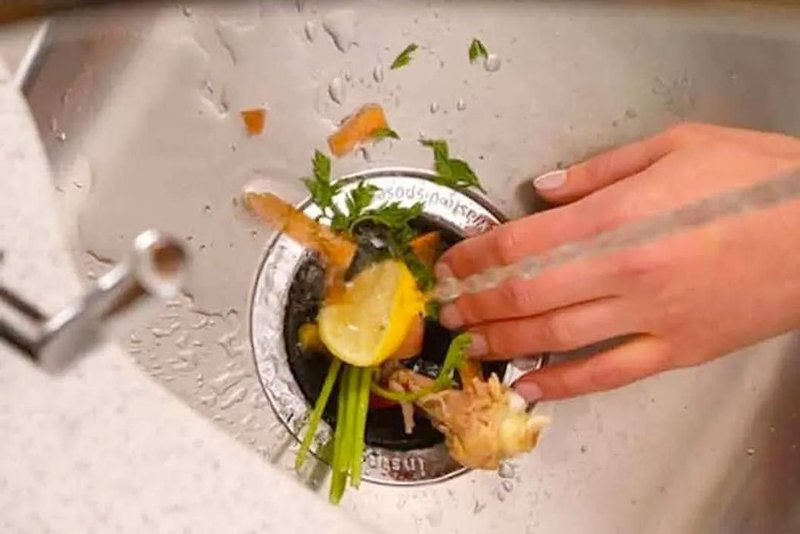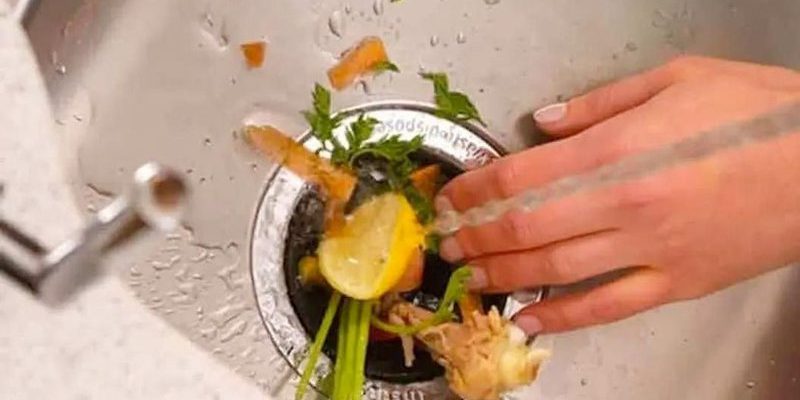
You might be thinking, “It’s just an error code, the disposer still works, so why worry?” Well, here’s the deal. That tiny error signal can be a gentle nudge, warning you of potential blockages or mechanical failures in the system. Left unattended, these issues could evolve into a full-blown kitchen catastrophe, akin to ignoring a leaky faucet until it floods the floor. But fear not! Understanding the implications and knowing the next steps can save you from the hassle of bigger repairs and unpleasant odors.
Understanding the Waste King Error HE
When we talk about the Waste King garbage disposal’s “Error HE,” we’re essentially dealing with a high-efficiency alert—specifically, a jam or overload. Imagine trying to squeeze too much water through a narrow hose; the pressure builds, and the flow comes to a halt. Similarly, when the disposal is overloaded with waste or blocked, it sends out this signal to prevent damage. It’s the unit’s way of taking a breather, a protective measure to avoid burning out.
These disposals are robust pieces of equipment designed to handle food scraps efficiently. However, every superhero has its kryptonite. For a disposal, it’s fibrous vegetables like celery, which can wrap around the blades, or greasy remnants that congeal and cause clogs. This error code is a sign that something’s not quite right under the hood—a clue that it’s time to investigate further.
So, what happens if you dismiss it as just an occasional hiccup? Well, over time, the issue can escalate from a minor inconvenience to a major malfunction. The disposal might begin to hum without chewing through the waste or, worse, it might not switch on at all. Taking the time to address the root cause when you first notice the error can prevent these more significant problems and keep your kitchen running smoothly.
Potential Consequences of Ignoring Error HE
Ignoring the “Error HE” warning might seem harmless, but it can lead to a cascade of kitchen woes. Think of it like ignoring a warning light on your car dashboard. Initially, it might not seem pressing, but over time, the consequences could be costly. For starters, a jammed disposal can lead to standing water in the sink. This stagnant setup creates a perfect breeding ground for bacteria, leading to foul smells and hygiene issues.
As the problem persists, the machine’s motor is under constant strain, like a runner trying to sprint with a weight around their ankles. This extra effort can cause the motor to overheat, potentially leading to a complete breakdown. And let’s be honest, nobody wants to deal with a kitchen without a functioning garbage disposal. You’d be stuck manually handling food scraps, which is not only inconvenient but can also attract pests if not managed promptly.
Furthermore, a malfunctioning unit can affect adjacent plumbing. It’s like a traffic jam on a highway—it doesn’t just stop one car but creates a backlog, affecting the entire flow. In this case, water can’t drain properly, increasing the risk of leaks or burst pipes. So, by tending to the error promptly, you’re not just saving the disposal, but preserving the health of your whole kitchen ecosystem.
Steps to Address and Prevent Waste King Errors
Now that we understand the importance of fixing this error, let’s talk solutions. Firstly, always unplug your disposal before attempting any fixes—safety first! You can try manually turning the rotor with a hex key. There’s usually a spot at the bottom of the unit for this purpose, kind of like winding a vintage clock. This can help release any jams and give the rotor a fresh start.
If that doesn’t work, check for obstructions inside. Use tongs or pliers—not your hands, please—to remove any visible debris. After clearing it, reset the disposal by pressing the red reset button typically located at the bottom. Think of it as a “do-over” for your disposal, giving it a chance to reset its functions.
For future peace of mind, consider adopting good disposal habits. Avoid grinding fibrous vegetables like corn husks, artichokes, or peels. Spread out the load by feeding scraps gradually, and always run cold water while operating the disposal to help solidify any fats or grease for easier grinding. This kind of routine maintenance is akin to regularly changing your car’s oil—simple actions that extend the life of your appliances.
In conclusion, taking a few proactive steps today can save you from significant headaches tomorrow. By addressing the “Error HE” promptly, you’re keeping your kitchen safe, efficient, and odor-free, making it a pleasant place for cooking up happy memories.
